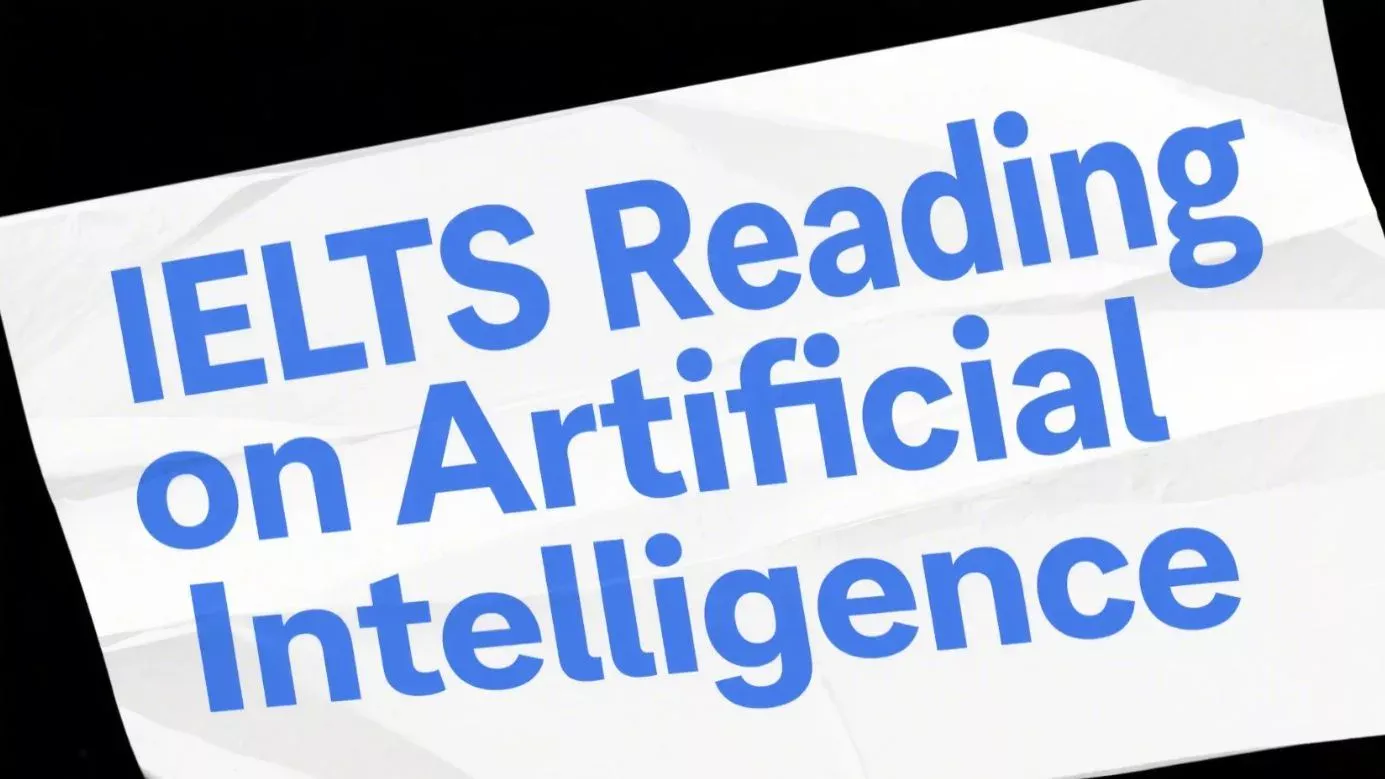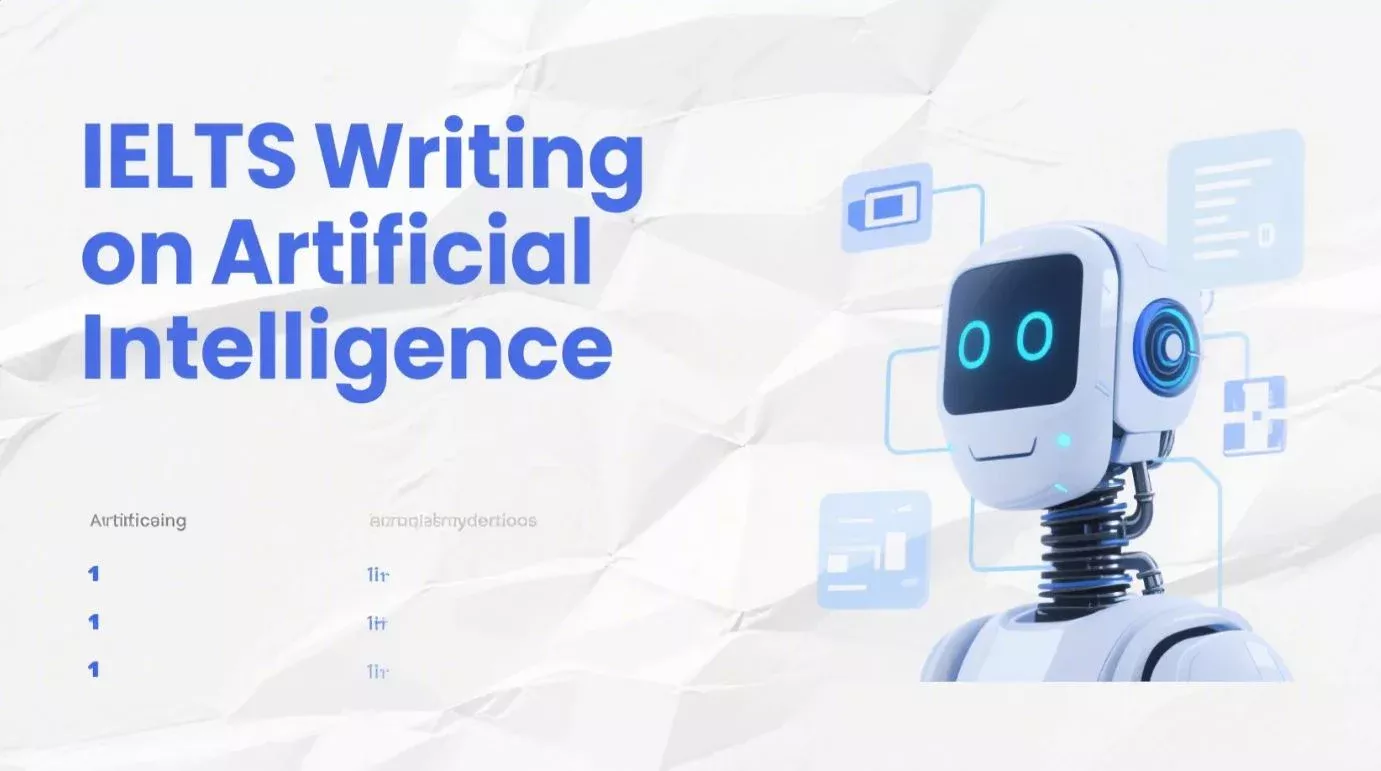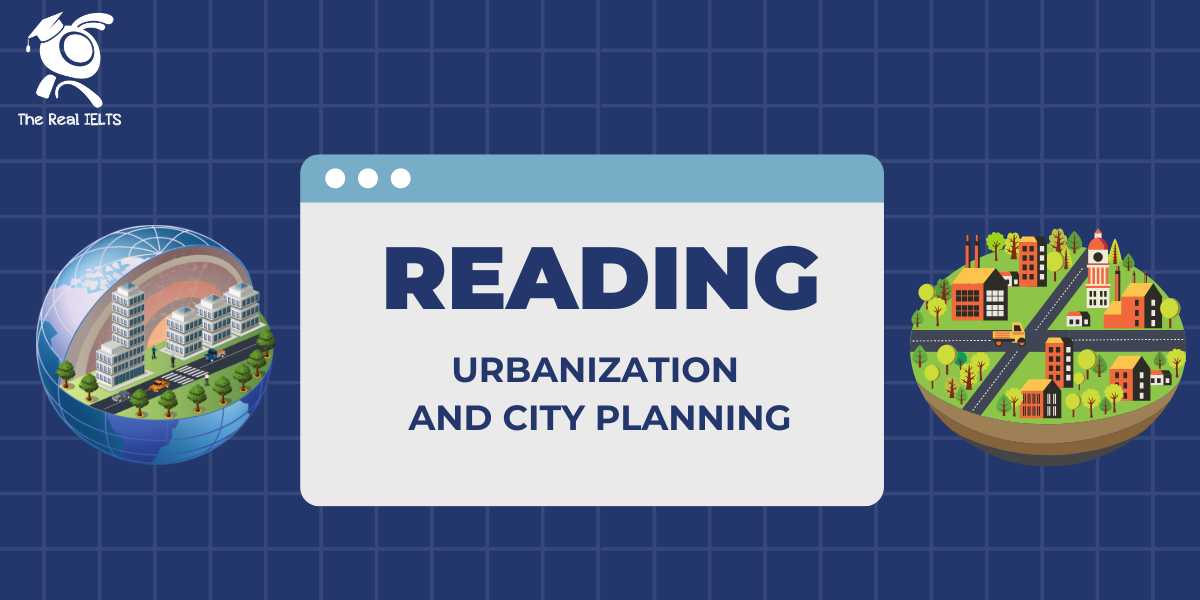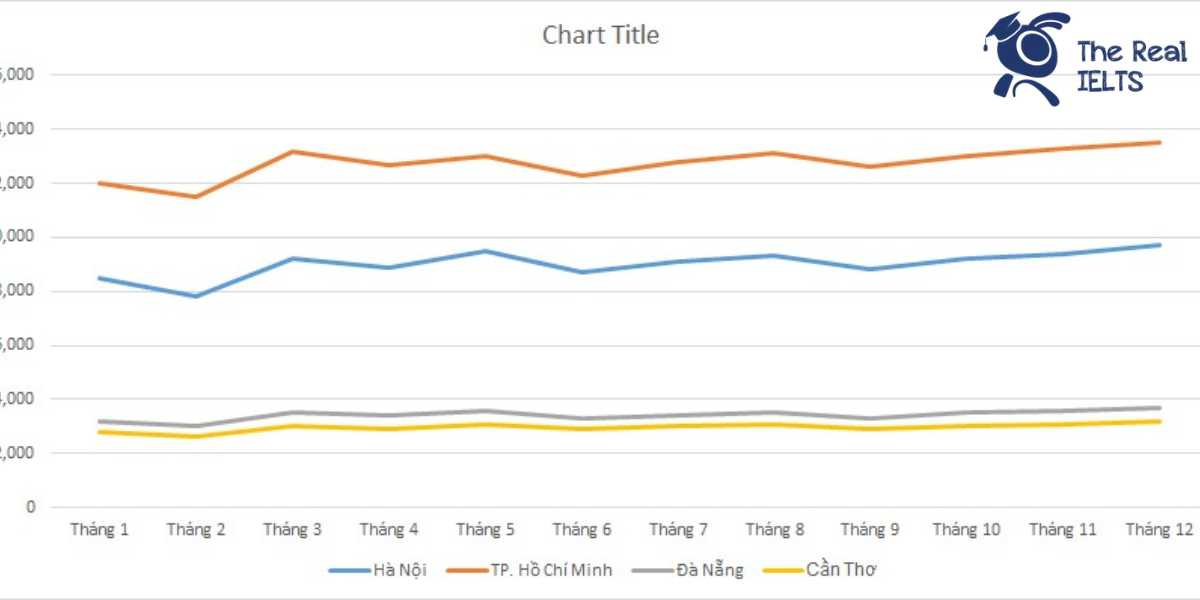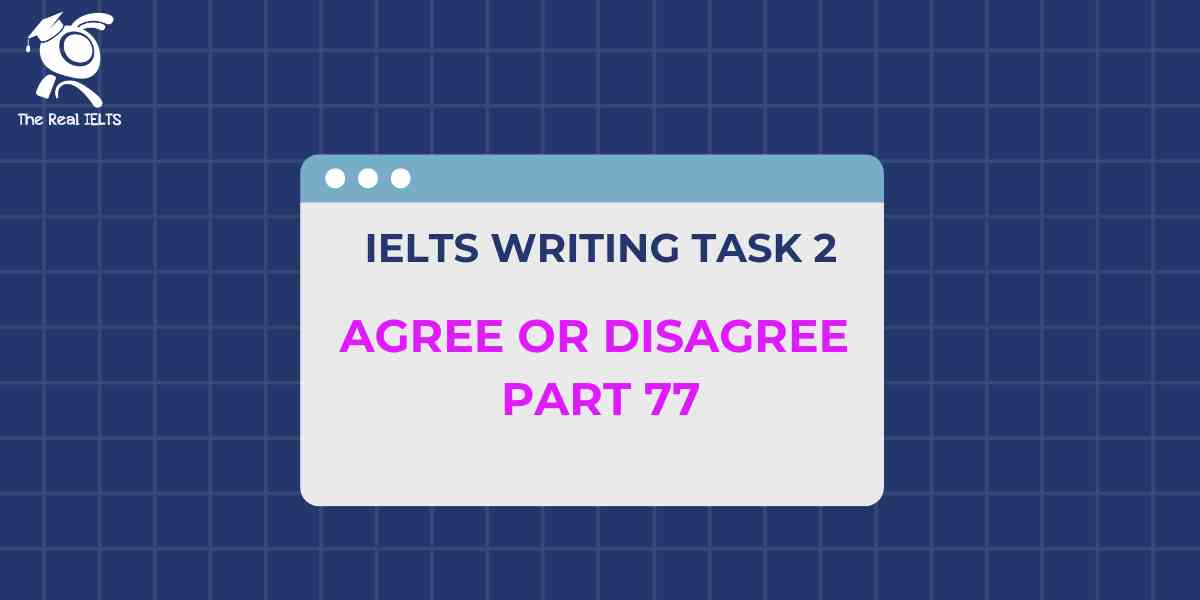Tổng hợp các bài thi IELTS Reading chủ đề Trí Tuệ Nhân Tạo
Đọc thêm: Tổng hợp 100 vấn đề về IELTS Reading
IELTS Reading Practice Test 1 – Chủ đề: Artificial Intelligence
🔹Reading Passage 1: The Rise of Artificial Intelligence
(Lưu ý: Bài đọc sau đây được viết mô phỏng đúng văn phong và độ dài tương đương đề thi thật – khoảng 900 từ. Có thể rút gọn nếu bạn muốn bài luyện tập ngắn hơn.)
Reading Passage: The Rise of Artificial Intelligence
Artificial Intelligence (AI), a term coined in 1956, refers to the development of machines capable of performing tasks that typically require human intelligence. Over the past few decades, AI has moved from science fiction into daily reality, impacting everything from transportation to healthcare.
In the early stages, AI was limited to rule-based systems, where computers were programmed to follow specific instructions. However, breakthroughs in machine learning and neural networks have enabled machines to learn from data and improve performance without explicit programming. Today’s AI systems, such as those used in voice assistants or self-driving cars, rely heavily on algorithms that simulate human decision-making.
One significant area where AI has demonstrated immense potential is in healthcare. AI-powered tools can analyze vast amounts of medical data to assist in diagnosing diseases like cancer or predicting patient outcomes. In some cases, AI has even outperformed human doctors in detecting early-stage illnesses. Despite its promise, the integration of AI in medicine raises ethical questions, especially regarding accountability in case of diagnostic errors.
Another prominent application of AI is in the transportation industry. Companies like Tesla have developed autonomous vehicles that use AI to interpret sensor data and navigate roads without human input. While these innovations are impressive, concerns remain about safety and the potential for job displacement among drivers.
Critics argue that rapid AI advancement may lead to widespread unemployment. Jobs involving repetitive tasks are particularly vulnerable to automation. However, optimists believe that while AI will replace some roles, it will also create new jobs that require human creativity, emotional intelligence, and complex problem-solving—skills machines cannot replicate (yet).
Furthermore, ethical dilemmas surrounding AI development are becoming increasingly important. Issues such as data privacy, algorithmic bias, and the potential misuse of AI in surveillance or warfare highlight the need for robust regulation and international cooperation. Policymakers, technologists, and ethicists must work together to ensure that AI is developed responsibly and equitably.
In conclusion, AI represents one of the most transformative technologies of the 21st century. Its applications have the potential to greatly enhance human capabilities, but they must be approached with caution, regulation, and a deep understanding of both the benefits and the risks involved.
Questions (1–13)
Questions 1–5: TRUE, FALSE, NOT GIVEN
Do the following statements agree with the information in the passage?
Write:
- TRUE if the statement agrees with the passage
- FALSE if the statement contradicts the passage
- NOT GIVEN if there is no information on this
- The term “Artificial Intelligence” was first used in the 21st century.
- Early AI systems could learn from experience without human input.
- AI can sometimes make more accurate diagnoses than human doctors.
- Self-driving cars use AI to make sense of their surroundings.
- The passage claims that AI will never replace jobs requiring emotional intelligence.
Questions 6–9: MATCHING HEADINGS
Choose the correct heading (i–vi) for each paragraph below.
Write the correct number (i–vi) next to questions 6–9.
Headings:
i. The future of jobs in an AI-driven world
ii. AI’s impact on education
iii. AI and the medical field
iv. Definition and evolution of AI
v. Concerns about data and ethics
vi. Self-driving technology
- Paragraph 2
- Paragraph 3
- Paragraph 4
- Paragraph 6
Questions 10–13: MULTIPLE CHOICE
- What is one limitation of early AI systems mentioned in the passage?
A. They were too expensive
B. They lacked internet access
C. They followed only fixed instructions
D. They worked only on mobile devices - What is a key concern about AI in the medical field?
A. It takes too long to analyze data
B. It may misdiagnose patients
C. It cannot handle large datasets
D. It requires constant human input - Which of the following best describes the author’s view on AI and employment?
A. AI will lead to permanent mass unemployment
B. AI will only benefit highly skilled workers
C. AI will both destroy and create job opportunities
D. AI will replace all jobs by 2050 - According to the passage, what is necessary to ensure responsible AI development?
A. Avoiding any military applications
B. Complete ban on data collection
C. Collaboration across multiple sectors
D. Limiting research in neural networks
Answer Key + Chấm điểm gợi ý
| Câu | Đáp án | Ghi chú |
|---|---|---|
| 1 | FALSE | Thuật ngữ “AI” được đặt năm 1956 (thế kỷ 20) |
| 2 | FALSE | Early AI chỉ tuân theo rule-based systems |
| 3 | TRUE | Có đề cập AI đôi khi chẩn đoán tốt hơn bác sĩ |
| 4 | TRUE | Self-driving cars dùng AI để phân tích dữ liệu cảm biến |
| 5 | NOT GIVEN | Không có kết luận “sẽ không bao giờ thay thế EQ” |
| 6 | iv | Paragraph 2 nói về sự phát triển của AI |
| 7 | iii | Paragraph 3 đề cập đến AI trong y tế |
| 8 | vi | Paragraph 4 nói về xe tự hành |
| 9 | v | Paragraph 6 nêu các vấn đề đạo đức |
| 10 | C | Early AI chỉ thực hiện theo lệnh lập trình sẵn |
| 11 | B | Gợi ý “diagnostic errors” là mối lo |
| 12 | C | Quan điểm cân bằng: mất – tạo việc mới |
| 13 | C | Nhấn mạnh hợp tác đa ngành |
Passage 2: AI in the Workplace
Introduction:
AI is increasingly being deployed across various workplaces, automating tasks and reshaping the future of work.
Passage Text (rút gọn ~700 từ):
Artificial Intelligence is fundamentally changing the nature of work. From manufacturing lines to financial analysis, AI is taking over tasks that were once considered exclusively human. One key area is automation of repetitive tasks. Robotic Process Automation (RPA) systems are being used in industries such as banking and insurance to handle rule-based tasks like data entry or invoice processing.
Unlike traditional software, AI-enabled systems can adapt and learn from new data. For example, machine learning algorithms can detect fraud patterns in real-time, allowing financial firms to act swiftly. However, this increased reliance on AI also raises questions about job displacement. While AI may replace low-skill jobs, it simultaneously opens up opportunities in AI development, data science, and human-machine interaction.
In creative fields, the use of AI is still limited. While tools like ChatGPT or image generators can support writers and designers, they lack the originality and emotional nuance of human creativity. Experts believe that AI will serve best as a co-creator, rather than a creator itself.
Some companies have implemented hybrid systems where humans and AI work side-by-side. For instance, customer service chatbots handle simple inquiries, while human agents take over complex issues. This improves efficiency while preserving the need for human judgment.
Training and upskilling are critical for adapting to the AI-driven workplace. Governments and educational institutions are being urged to reform curricula to include AI literacy and digital skills. Without such efforts, the skills gap may widen, leaving many workers behind.
Questions 14–26 (Passage 2)
🔹Questions 14–18: Complete the sentences with NO MORE THAN THREE WORDS
- AI is transforming jobs by automating __________.
- RPA systems are used for __________ tasks in finance and insurance.
- Fraud detection using AI relies on __________.
- AI in creative industries is seen as a __________.
- Chatbots handle __________ in customer service systems.
🔹Questions 19–22: MATCHING FEATURES
Match each sector with its AI application.
Sectors:
A. Manufacturing
B. Banking
C. Customer service
D. Education
- Uses AI to detect irregularities in transactions
- Integrates AI to improve support systems
- Emphasized in future training programs
- Implements automation for physical tasks
🔹Questions 23–26: YES / NO / NOT GIVEN
- AI tools are currently able to compose emotionally rich literature.
- AI completely replaces human workers in all call centers.
- Future workplaces may require new training methods.
- AI has no use in the education sector.
✅ Đáp án Passage 2:
| Câu | Đáp án |
|---|---|
| 14 | repetitive tasks |
| 15 | rule-based |
| 16 | machine learning |
| 17 | co-creator |
| 18 | simple inquiries |
| 19 | B |
| 20 | C |
| 21 | D |
| 22 | A |
| 23 | NO |
| 24 | NO |
| 25 | YES |
| 26 | NOT GIVEN |
Passage 3: The Future of Human-AI Collaboration
The rapid progression of Artificial Intelligence (AI) has prompted a global conversation about the future of human-AI collaboration. While early fears focused on job losses and machine dominance, recent developments indicate a trend toward augmentation—where AI enhances rather than replaces human capabilities.
One example is in the legal profession. AI tools are increasingly used to scan thousands of documents in litigation cases, highlighting relevant material far faster than any human paralegal. However, human lawyers still provide critical judgment, ethical reasoning, and client interaction—tasks beyond AI’s current abilities.
In the scientific community, researchers are using AI to speed up discoveries. Algorithms help identify potential drugs, model protein folding, or even assist in complex mathematics. These systems can process data at scales unimaginable to human researchers, yet human insight remains vital to interpret the results and make final decisions.
A particularly promising development is the integration of AI in decision-support systems. In aviation, for instance, AI analyzes flight data to provide real-time suggestions to pilots. It is not replacing them, but rather empowering them to make better choices under pressure.
However, challenges persist. One major concern is overreliance on AI outputs, which may lead to automation bias—where humans defer too easily to machine suggestions, even when incorrect. Experts emphasize the need for explainable AI, where systems can clarify how they reached a conclusion.
Psychological and social implications also need addressing. Human trust in AI varies depending on culture, education, and previous experiences. As collaboration deepens, building that trust becomes as crucial as improving algorithms.
To move forward, organizations must adopt a design philosophy centered on human-AI partnership. This involves crafting systems that support transparency, flexibility, and accountability. When humans and AI are viewed as complementary, rather than competing forces, the future of work, research, and society as a whole looks far more collaborative—and hopeful.
📝 Questions 27–40 (Passage 3)
🔹Questions 27–30: MULTIPLE CHOICE
- What does the author say about AI in the legal profession?
A. It replaces lawyers entirely
B. It reduces need for ethical reasoning
C. It speeds up research but does not replace lawyers
D. It only helps with client communication - What is “automation bias”?
A. AI systems misunderstanding data
B. People blindly trusting AI outputs
C. Preference for human decisions over AI
D. A programming error in AI systems - Why is explainable AI important?
A. It helps reduce development costs
B. It ensures AI avoids bias completely
C. It improves human understanding and oversight
D. It eliminates the need for human decisions - What is the author’s overall attitude toward AI?
A. Skeptical and concerned
B. Optimistic about collaboration
C. Opposed to its use in workplaces
D. Focused only on risks
🔹Questions 31–35: MATCHING INFORMATION
Find information in the passage that matches the following statements.
Write the paragraph (A–F) where the information is located.
- AI helps scientists speed up complex discoveries
- Humans still needed to make ethical decisions in law
- Pilots benefit from real-time AI suggestions
- Trust in AI varies by social background
- AI can assist in modeling protein structures
🔹Questions 36–40: SUMMARY COMPLETION
Complete the summary using NO MORE THAN TWO WORDS from the passage.
As AI grows more capable, collaboration between humans and machines is increasingly seen as a form of __________ rather than replacement. In fields like aviation, AI acts as a __________ tool. However, experts warn of __________, where people might follow AI decisions uncritically. To address this, the idea of __________ AI is gaining attention. Ultimately, successful future systems should be built with the philosophy of a strong __________ between humans and machines.
✅ Đáp án Passage 3:
| Câu | Đáp án |
|---|---|
| 27 | C |
| 28 | B |
| 29 | C |
| 30 | B |
| 31 | B |
| 32 | A |
| 33 | C |
| 34 | E |
| 35 | B |
| 36 | augmentation |
| 37 | decision-support |
| 38 | automation bias |
| 39 | explainable |
| 40 | partnership |
IELTS Reading Practice Test 2 – Chủ đề: Artificial Intelligence
📖 PASSAGE 1: AI and Daily Life
🔍 Giới thiệu:
Bài đọc này mô tả cách AI đang thâm nhập vào đời sống thường ngày qua các thiết bị thông minh, mạng xã hội, và tiêu dùng cá nhân.
📄 Nội dung chính (~850 từ):
Artificial Intelligence has become embedded in everyday life, often in ways people don’t even notice. One of the most visible applications is in smart assistants such as Alexa, Siri, and Google Assistant. These systems respond to voice commands, set reminders, control smart home devices, and even engage in basic conversations.
AI also drives personalization algorithms used by companies like Netflix, Amazon, and Facebook. These algorithms analyze user behavior to suggest content, products, or advertisements tailored to individual preferences. While these systems improve convenience, they also raise concerns over privacy and data use.
Another prominent example is facial recognition. Widely deployed in smartphones and security systems, it offers ease of access and surveillance capability. Critics, however, argue that facial recognition may infringe on civil liberties, especially when used by law enforcement without proper regulation.
AI also powers navigation apps, predicting traffic, rerouting based on congestion, and even anticipating travel time with remarkable accuracy. These conveniences often go unnoticed but represent some of the most reliable AI uses.
Despite these benefits, many people remain unaware of how much data AI collects and processes. As the line between physical and digital lives blurs, the need for AI literacy becomes urgent.
📝 Questions 1–13
🔹Questions 1–5: TRUE / FALSE / NOT GIVEN
- AI voice assistants are unable to perform tasks like controlling smart lights.
- Facebook uses AI to analyze how users interact with content.
- Facial recognition is considered fully accurate and unbiased.
- Navigation apps use AI to optimize travel routes.
- The passage claims that AI literacy should be taught in elementary schools.
🔹Questions 6–10: SUMMARY COMPLETION
Choose NO MORE THAN TWO WORDS from the passage.
AI assists consumers daily, often without their awareness. Smart assistants offer functions such as (6)___________ control and scheduling. Algorithms in streaming and e-commerce platforms help create (7)___________ experiences. However, this level of personalization has triggered concerns about (8)___________. Meanwhile, facial recognition is both convenient and controversial due to potential violations of (9)___________. As AI expands, promoting (10)___________ becomes more critical.
🔹Questions 11–13: MULTIPLE CHOICE
- What is the main function of AI in navigation apps?
A. Storing maps offline
B. Predicting and avoiding traffic issues
C. Enhancing screen resolution
D. Reducing mobile phone battery usage - What does the passage imply about public awareness of AI?
A. People are too reliant on AI
B. Most users dislike AI
C. Many are unaware of its presence
D. People know everything about AI systems - What is the author’s tone regarding AI in daily life?
A. Strongly negative
B. Completely enthusiastic
C. Balanced with both pros and cons
D. Neutral and detached
✅ Đáp án Passage 1:
- FALSE | 2. TRUE | 3. FALSE | 4. TRUE | 5. NOT GIVEN
- device | 7. personalized | 8. privacy | 9. civil liberties | 10. AI literacy
- B | 12. C | 13. C
📖 PASSAGE 2: Ethical Dilemmas in Artificial Intelligence
📄 Nội dung chính (~800 từ):
As AI systems grow more complex and influential, ethical concerns become increasingly important. One major issue is algorithmic bias—the tendency of AI to reproduce and amplify societal inequalities if trained on biased data. A famous example occurred when a recruitment AI favored male applicants over female ones, reflecting past hiring patterns.
Another area of concern is autonomous weapons. Several organizations and AI researchers have called for a global ban on lethal autonomous systems, fearing they may lead to unintended warfare escalations or violations of international law.
AI’s role in predictive policing also stirs debate. These systems aim to forecast crimes based on historical data, but critics warn they may disproportionately target specific communities, especially marginalized groups. Transparency, oversight, and community input are essential in such implementations.
Ethicists recommend developing AI principles rooted in fairness, accountability, and transparency (the FAT framework). These should be implemented at the design stage—not as afterthoughts.
📝 Questions 14–26
🔹Questions 14–18: MATCHING HEADINGS
Choose the correct heading (i–viii) for each paragraph.
Headings:
i. Ethical design frameworks
ii. Dangers of autonomous weapons
iii. Importance of human empathy
iv. Predictive policing issues
v. Definition of algorithmic bias
vi. Success stories of AI ethics
vii. Data collection transparency
viii. Fairness in machine hiring
- Paragraph 2
- Paragraph 3
- Paragraph 4
- Paragraph 5
- Paragraph 6
🔹Questions 19–22: YES / NO / NOT GIVEN
- Some AI hiring tools have shown preference for male applicants.
- Predictive policing has been proven to eliminate crime entirely.
- All AI developers now follow the FAT principles.
- Experts suggest ethical considerations should come early in AI development.
🔹Questions 23–26: MULTIPLE CHOICE
- What is a major risk of biased training data?
A. Slower system speed
B. AI may overestimate its capabilities
C. Unfair treatment of certain groups
D. Lower financial performance - What is the concern with autonomous weapons?
A. They may be hacked by enemies
B. They reduce AI development costs
C. They could escalate armed conflict
D. They take too long to build - Predictive policing may lead to:
A. Improved education
B. Biased targeting of communities
C. Lower AI accuracy
D. Less government funding - What is the FAT framework intended to promote?
A. Fast algorithms
B. Clear ethical guidance
C. Military AI applications
D. Coding efficiency
✅ Đáp án Passage 2:
14. v | 15. ii | 16. iv | 17. i | 18. — (intro paragraph)
19. YES | 20. NO | 21. NO | 22. YES
23. C | 24. C | 25. B | 26. B
📖 PASSAGE 3: Can AI Be Truly Creative?
📄 Nội dung chính (~850 từ):
Creativity has long been considered a uniquely human trait. However, recent advances in Artificial Intelligence have challenged this belief. AI-generated music, paintings, poetry, and even screenplays have begun to attract public attention.
Projects like OpenAI’s GPT series and DALL·E can produce surprisingly coherent artistic outputs. While these models draw from vast datasets, they recombine existing elements in novel ways, prompting a debate: Is this true creativity, or just sophisticated mimicry?
Some scholars argue that because AI lacks consciousness and emotion, it cannot possess intent—the foundation of true creativity. Others counter that creativity is defined more by output than internal experience.
A key distinction lies in process vs. product. AI may not have inspiration, but it can still create art that moves people. Critics warn, however, that relying too much on AI-generated content may devalue human artistry or encourage plagiarism.
AI can also enhance human creativity through collaborative tools. Artists now use AI to brainstorm, prototype, and iterate faster. Rather than replacing artists, AI might simply change the way art is made.
📝 Questions 27–40
🔹Questions 27–31: TRUE / FALSE / NOT GIVEN
- AI has already created original Hollywood movies.
- Some AI art has received critical acclaim.
- All scholars agree that AI is incapable of creativity.
- Emotional experience is essential to define creativity.
- AI tools are now being used in the creative process by humans.
🔹Questions 32–36: MATCHING INFORMATION
- GPT and DALL·E are examples of creative AI tools
- AI lacks the inner motivation found in human artists
- AI could potentially diminish the value of original human works
- AI and human artists can work together
- There is a debate over the definition of creativity
🔹Questions 37–40: MULTIPLE CHOICE
- What is the main question addressed by the passage?
A. Whether AI can improve education
B. Whether AI can replace musicians
C. Whether AI can be truly creative
D. Whether AI is dangerous to art - How does the author describe AI’s role in creativity?
A. Entirely unoriginal
B. Potentially collaborative
C. Largely useless
D. Fully autonomous - What is a danger of overusing AI in art?
A. Lower costs
B. Emotional overload
C. Risk of plagiarism
D. More training time - What is the tone of the author?
A. Alarmist
B. Optimistic and critical
C. Indifferent
D. Entirely skeptical
✅ Đáp án Passage 3:
27. NOT GIVEN | 28. TRUE | 29. FALSE | 30. NOT GIVEN | 31. TRUE
32. Paragraph 2 | 33. Paragraph 3 | 34. Paragraph 4 | 35. Paragraph 5 | 36. Paragraph 2
37. C | 38. B | 39. C | 40. B


